A major new retrospective dedicated to British artist Richard Long reflects on his relationship with the natural environment and his hometown of Bristol
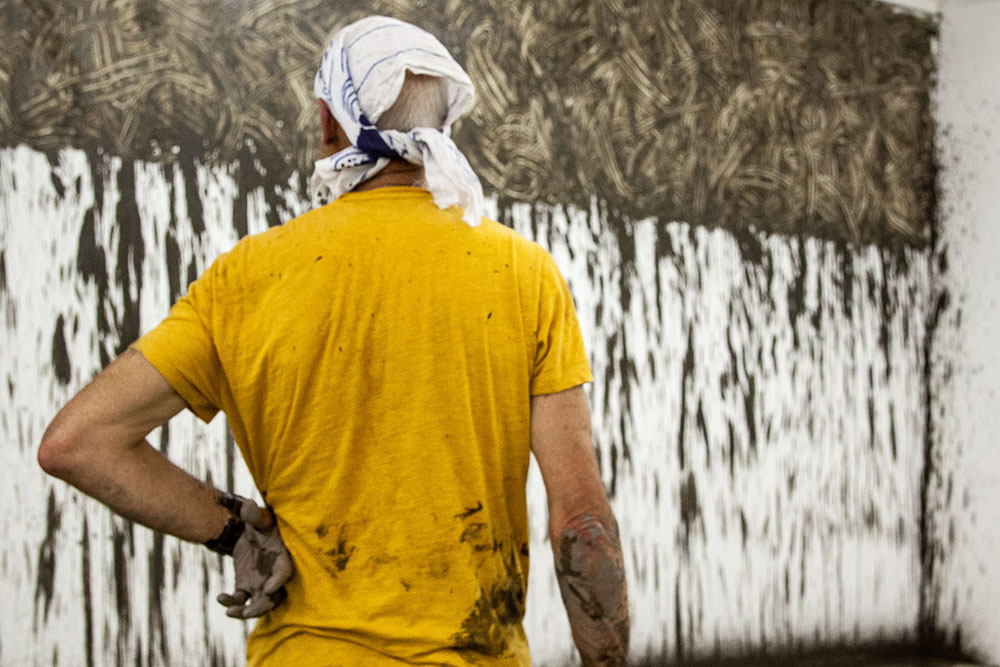
In 1963, when he was 18 and studying art in Bristol, Richard Long travelled to the Downs – a green expanse in the north of the city – and rolled a snowball through the pristine snow covering the ground. Long took a photograph of the trail he had made and quickly returned to his art class; the image he had created, and later submitted for a student project, was considered so provocative he was expelled.
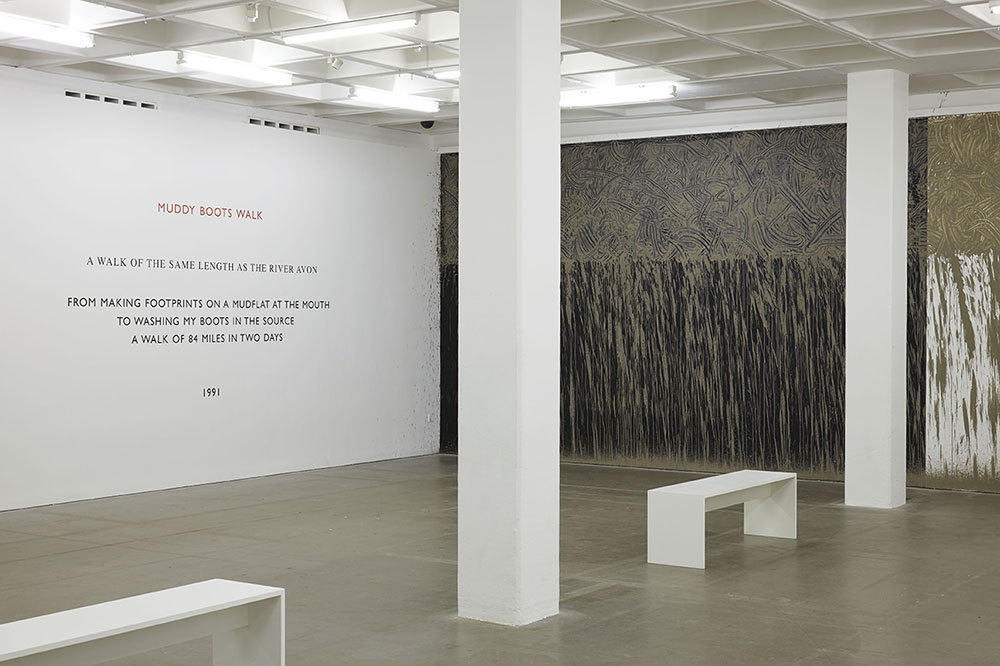
Four years later, the young Bristolian produced A Line Made by Walking, hailed as the breakout moment both for Long and his particular form of conceptual art: land art. And yet it was in the quietly anarchic Snowball Track that Long first articulated a language that would see him become one of Britain’s greatest living artists.
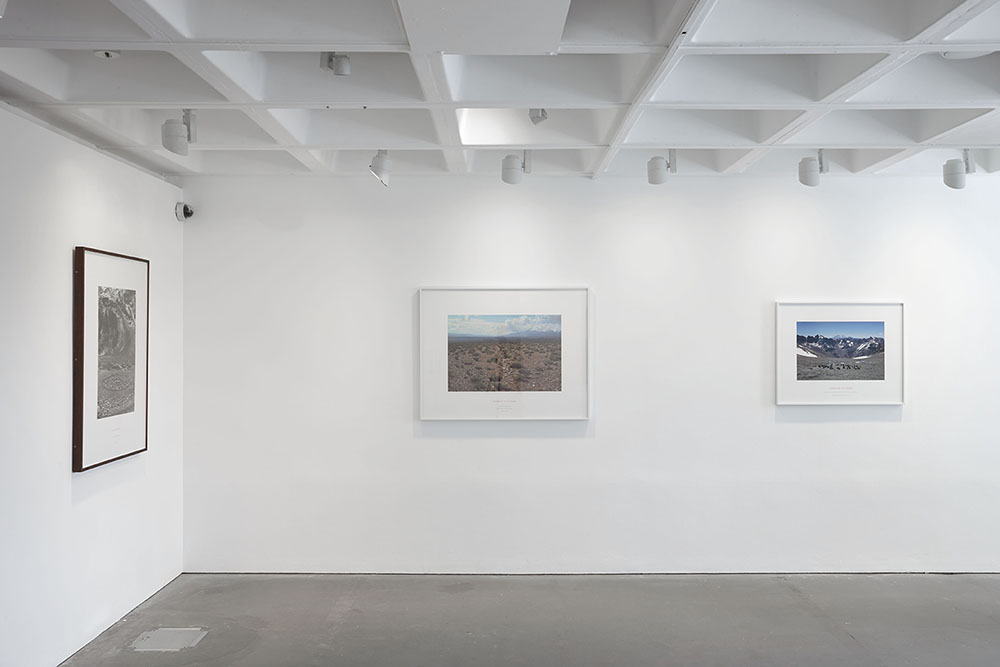
Recognising the profound connection between the artist and Bristol, the city where Long lives and works today, contemporary art gallery Arnolfini has given over its entire exhibition space to a major retrospective of Long’s work. It is a survey of pieces completed by Long over the past five decades, on all seven continents and using a wide variety of media, including photography, text and materials taken from the natural environment.
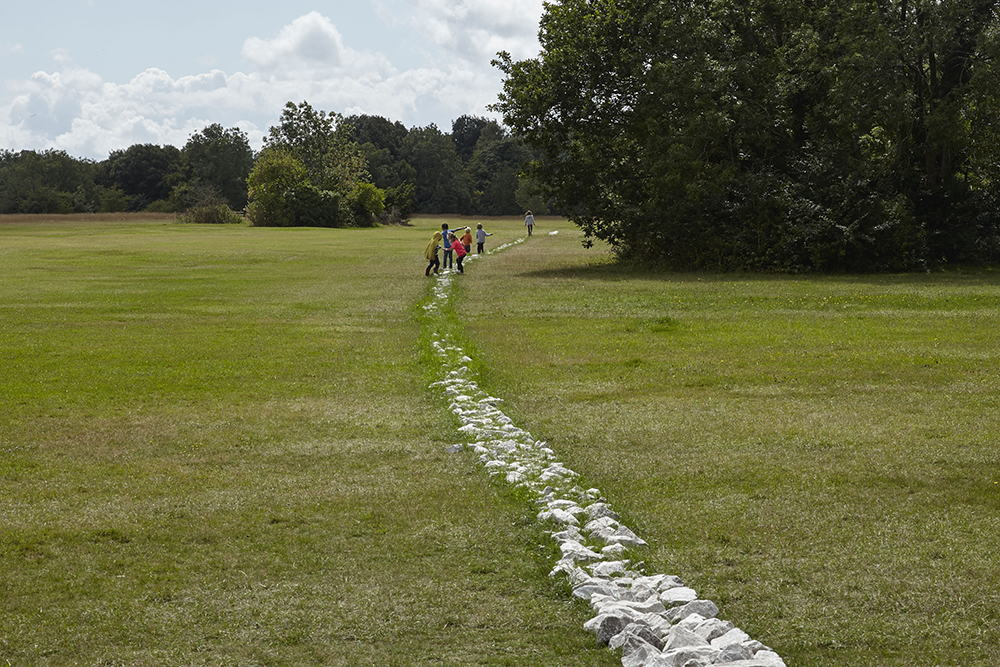
Central to the exhibition is an off-site work commissioned by Arnolfini that commemorates Long’s connection to Bristol. Boyhood Line is situated in the liminal space between the city and the countryside, where Long played as a child and later made his first exploration into the transient and organic mark-making that would come to define his career. The desire line it traces with white limestone rocks is not there to record the artist’s activities in the landscape, as much of his other work does, but to trace a path trodden by thousands of people who have walked the Downs over centuries.
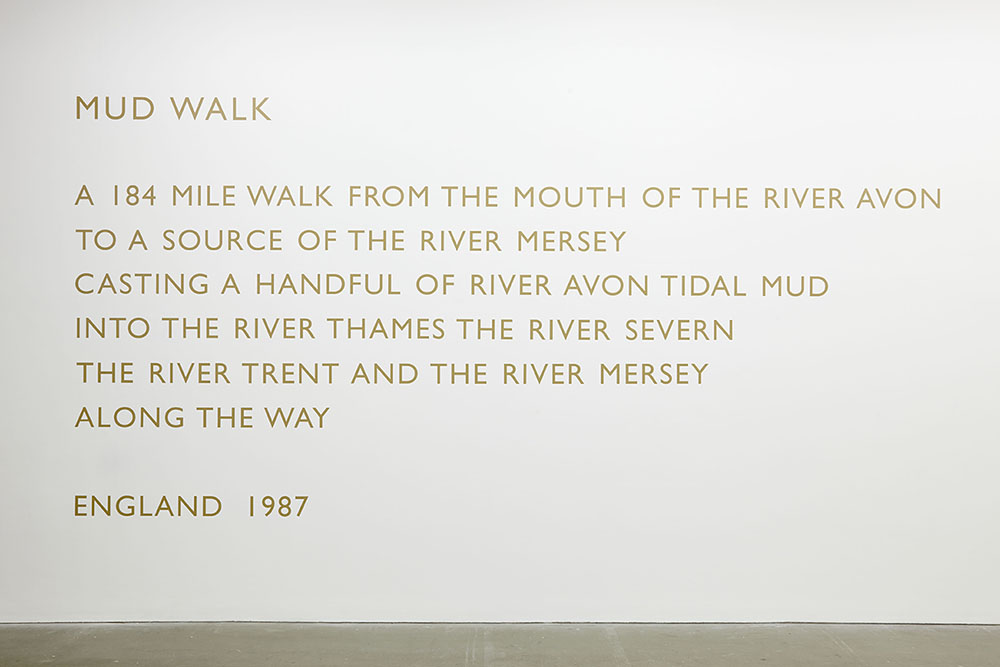
Back at the Arnolfini, a room of text works – the most conceptual form of Long’s practice – greet the viewer on the ground floor of the gallery. Mud Walk, complementing the kinetic painting the artist made with river mud on an adjacent wall, records one journey produced in 1987.
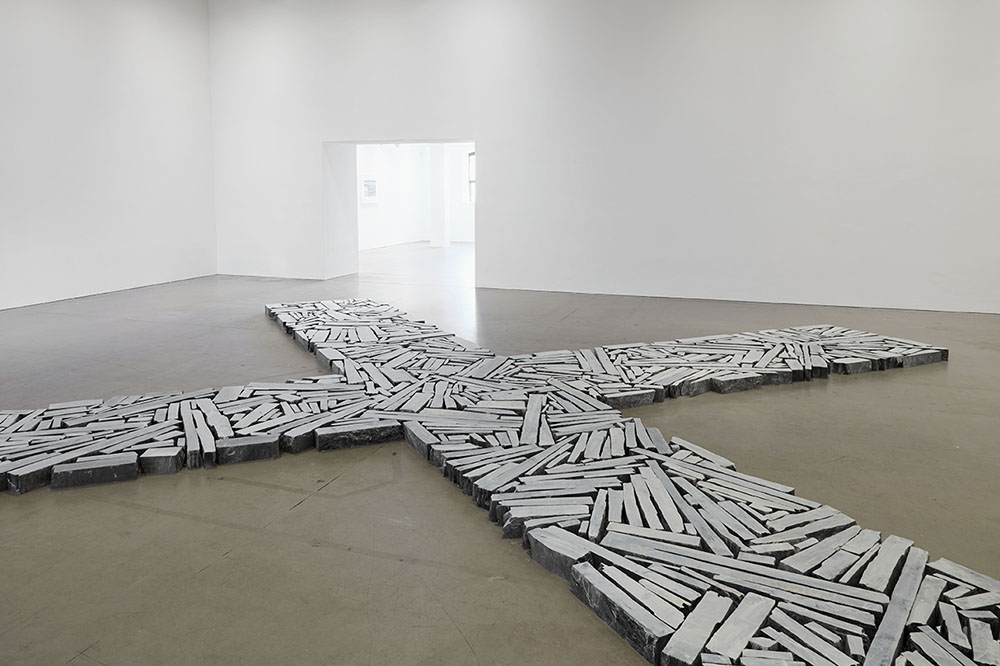
Quoting from the work itself, the artist walked 184 miles “from the mouth of the River Avon to a source of the River Mersey, casting a handful of River Avon tidal mud into the River Thames and the River Severn, the River Trent and the River Mersey along the way”. The prosaic, pared down nature of this text establishes a key aspect to Long’s work: the art is in the action. In this case, the action is the walk that the text evokes, and not in the vinyl lettering cut out and applied to the wall.
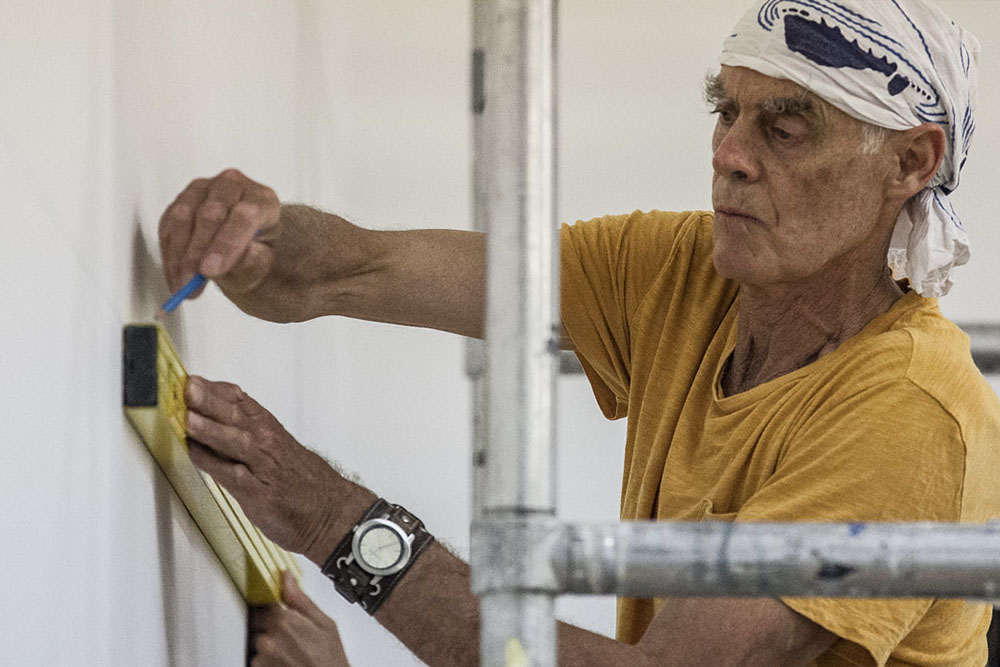
In their purest sense, Long’s works are an exploration of the possibilities of documenting time and space, as is suggested by the show’s title; Long’s art is generally a performance that can only be viewed after it has concluded. A work from 1975, unsentimentally named A Line Made in the Himalayas, shows a line of rocks stretching up a mountain. Photographic pieces like this, A Line Made by Walking and others, help to develop the imaginative aspect of Long’s text work by providing a visual record of his mark-making in nature.
Although it is easier to see Long’s presence in the environment in these images, just as in his text works or his stone installations in the gallery space, these photographs speak a poignant transience. They may last for hours or they may last for centuries, but eventually they will be subsumed into the landscape, remembered only by text and photographs.
Time and Space runs at Arnolfini in Bristol until 15th November 2015